Description
Data Sheet
-Full port, 1/4″-4″(DN6-DN100)
-W.P.:1000WOG(PN63)
-W.P.:-20℃-180℃
-Investment casting
-Blow-out proof stem
-Locking device handle (option)
-Thread type: ASME B1.20. 1 (NPT),
NIN 259/DIN 2999, BS 21,
ISO 288-1, ISO 7-1
Threaded ball valves have the following characteristics: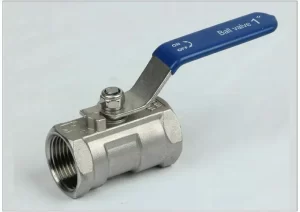
- Easy Installation: The threaded connection simplifies the installation process of threaded ball valves, eliminating the need for additional welding or specialized tools.
- Convenient Maintenance: The threaded connection allows for easier disassembly and maintenance of the valve from the pipeline, without requiring specialized connection tools.
- Wide Applicability: Threaded ball valves are suitable for small-sized pipelines and low-pressure environments. Common threaded types include NPT (National Pipe Thread) and BSP (British Standard Pipe) threads.
- Reliable Fastening: Threaded connections provide reliable fastening, effectively preventing leaks.
It is important to note that threaded connections may have certain limitations in high-pressure or high-temperature environments compared to welding or flange connections. In such cases, other types of connections are typically used to meet the requirements.
A reduced-flow ball valve, also known as a flow control ball valve or regulating ball valve, is a special type of ball valve designed for flow control and regulation in applications where partial flow is required.
Here are the characteristics and working principles of a reduced-flow ball valve:
- Flow Control: The reduced-flow ball valve features a special ball structure that allows for the adjustment of the size of the fluid passage through the valve, thereby controlling the flow rate of the medium. By rotating the ball, the opening area of the passage gradually decreases, restricting the flow of the fluid.
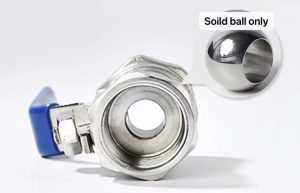 Adjustable Range: Reduced-flow ball valves typically offer a wide range of flow control, allowing for continuous adjustment from full flow to partial flow. This makes them highly useful in applications that require precise flow control.
Adjustable Range: Reduced-flow ball valves typically offer a wide range of flow control, allowing for continuous adjustment from full flow to partial flow. This makes them highly useful in applications that require precise flow control.- Sealing Performance: Reduced-flow ball valves provide good sealing performance when in the closed position, preventing media leakage. Reliable sealing performance can be achieved through special sealing structures and material selections.
- Applicable Media: Reduced-flow ball valves are generally suitable for flow control of liquid and gas media. They are widely used in industries such as chemical, petroleum, power generation, and water supply, particularly in processes that require precise control of the medium.
Reduced-flow ball valves can be manufactured based on different designs and application requirements, including variations in valve body materials, sealing structures, and control methods. Specific reduced-flow ball valves may have different appearances and features to accommodate specific flow control needs. When selecting and applying reduced-flow ball valves, it is important to refer to the manufacturer’s instructions and relevant specifications to ensure their suitability and performance meet the requirements.
Reduced-flow ball valves are widely used in various fields, particularly in applications that require precise flow control and regulation. Here are some common applications of reduced-flow ball valves:
- Industrial Process Control: Reduced-flow ball valves are used in industrial process control systems, including industries such as chemical, petroleum, power generation, pharmaceuticals, and food processing. They are used to regulate the flow of media, control process parameters, and achieve precise flow regulation.
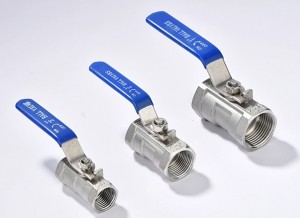
- Laboratory Equipment: In laboratory equipment, reduced-flow ball valves are used to control the flow of reagents or media, enabling precise experimental operations and measurements.
- Liquid and Gas Supply Systems: Reduced-flow ball valves are employed in liquid and gas supply systems, such as water treatment systems, gas transmission pipelines, and more. They allow for precise control of media flow in supply systems.
- Water Supply and Drainage Systems: In water supply and drainage systems, reduced-flow ball valves are used to control water flow, ensuring proper system operation and water pressure balance.
- HVAC Systems: Reduced-flow ball valves are used for flow regulation in heating, ventilation, and air conditioning (HVAC) systems. They control the flow of cooling water or hot water to maintain stable indoor temperatures.
- Environmental Control Systems: In environmental control systems, reduced-flow ball valves are used to control the flow of air or gases, regulating environmental parameters in settings such as greenhouses, laboratories, or factories.

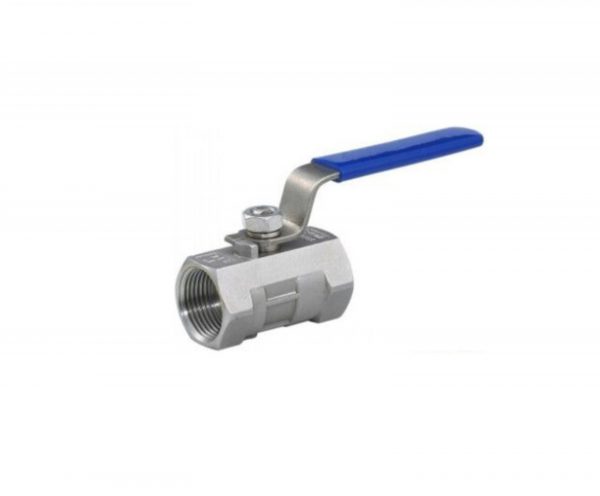
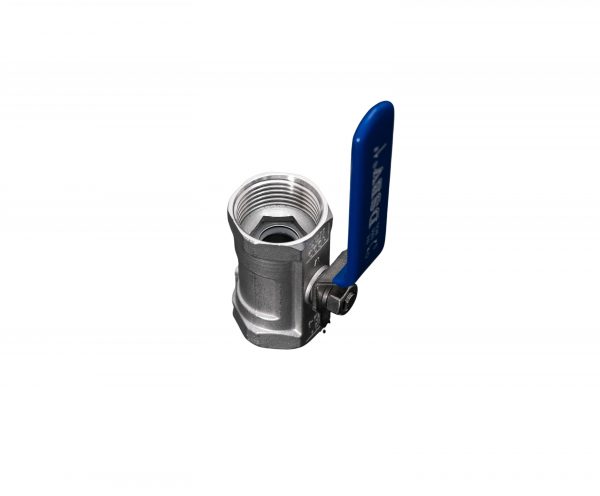
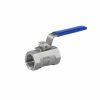
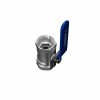
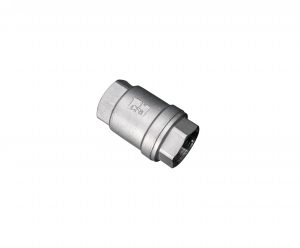
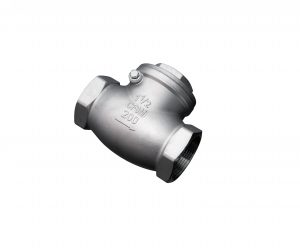
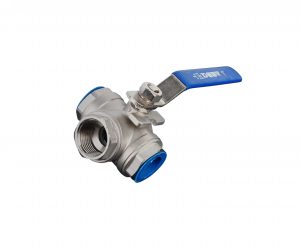
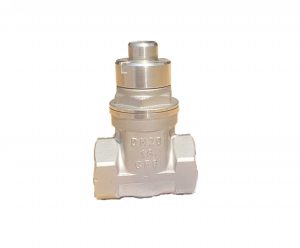
Reviews
There are no reviews yet.